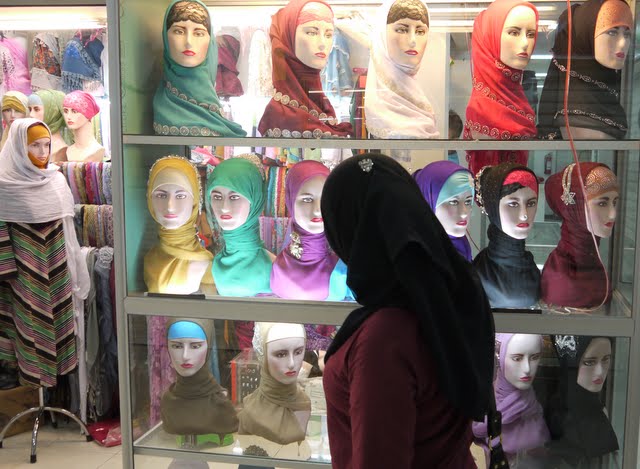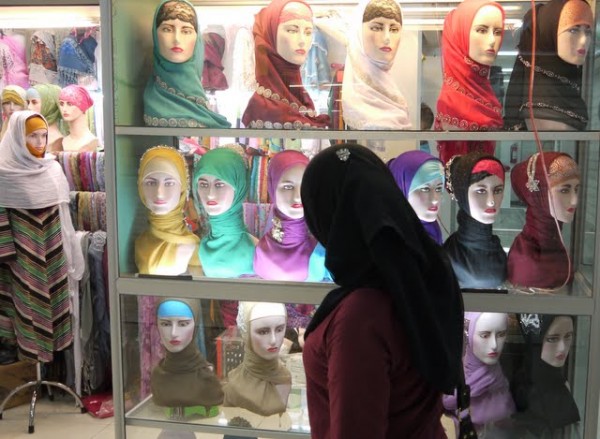Aisha has a date tonight.
Aisha is twenty seven. Most of her friends are married. She’s still pretty, but worries she’s losing her looks. Her figure, which she once described as “professional,” has bagged down with plumpness, the result of a love of fried bananas.
And in Banda Aceh, Indonesia, where sharia (Islamic) law reigns, a single date means a lot more than in the West. Meeting for coffee often means agreeing to be viewed as a couple in the eyes of Acehnese society. Certainly, after a second date, friends will start gossiping—jokingly and not—about a wedding.

